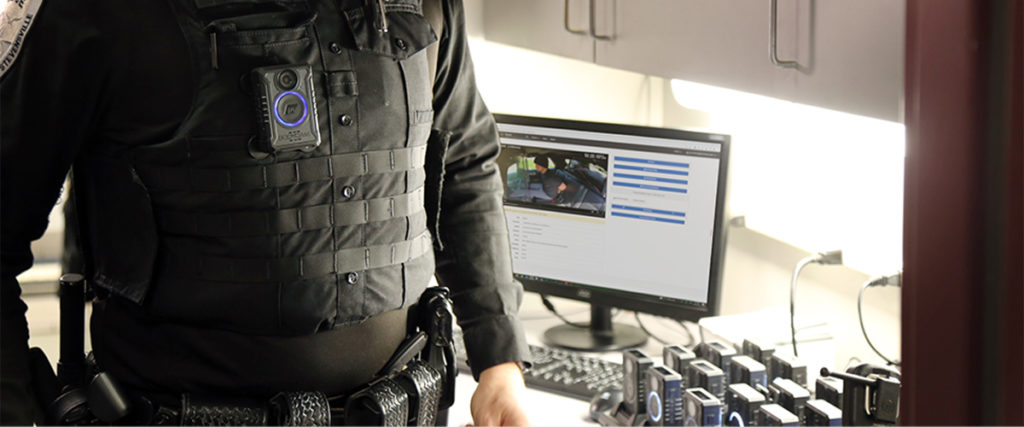Best Practices for Implementing Body-Worn Cameras in Correctional Institutions

Correctional officers often face complex situations that require clear judgment and accountability. Body-worn cameras serve as impartial witnesses, helping to clarify incidents and providing objective information. However, the question remains, what’s the best way to integrate this technology to maximize its capabilities and ensure lasting success?
1. Clearly Define Objectives
Before adopting body-worn cameras, correctional institutions should establish clear objectives. These goals could range from reducing incidents to monitoring inmate behavior. Well-defined objectives help guide the implementation process and measure the technology’s impact.
For example, if one objective is to reduce unwarranted violence against inmates, a before and after implementation comparison of complaints would be a performance indicator.
2. Create a Comprehensive Policy
Creating a policy for body-worn cameras in correctional institutions is vital to ensure the safety, transparency, and accountability of both staff and inmates. A well-written policy should clearly outline the protocols for camera activation, data storage, redaction, retention, and review. It’s important to know that different states have varying mandates on body-worn camera policy.
Additionally, it must address privacy concerns, especially during sensitive situations, while also emphasizing the primary objective of promoting transparency, deterring misconduct, and providing evidence in cases of disputes or incidents. Part of the education and policy training is establishing how long you will keep non-event video before deleting it.
3. Educate & Train Your Officers
Training your officers on how to activate and operate their body-worn camera is vital to successful implementation. Educate them on how and when to turn their device on and off and in which situations. When you build camera training into the onboarding process for all new hires, you establish a system to educate all future officers, so training does not fall through the cracks.
4. Integrate Cloud Storage & Have a Management Plan
Managing the large volume of video data generated by body-worn cameras can be a challenge. However, investing in a cloud-based data storage solution simplifies this and ensures secure, encrypted storage with controlled access. Cloud-based storage offers scalability and easy access to authorized personnel.
Regularly reviewing camera footage can help identify patterns, trends, and areas that require improvement. Scheduled audits also ensure that the technology is being used ethically and effectively.
5. Assess & Account for Long Term Costs
Understand the long-term effects of body-worn camera system on your budget. What are the IT assistance costs, along with cloud storage, and any hardware replacements or upgrades? What does the yearly overhead look like? How do years two through five look?
Be sure to ask vendors what they offer to ensure your solution stays operational long-term. Also, consider the support you’re getting from your chosen vendor, from deployment assistance to ongoing technical assistance.
Best Practices for the Best Success
Starting with clearly defined objectives and creating a policy allows institutions to direct their approach, ensuring their technology use aligns with their goals. Proper data storage and management safeguards sensitive information while providing easy access for review. The integration of body-worn cameras, when approached thoughtfully and strategically, can lead to a safer, more accountable environment for all.